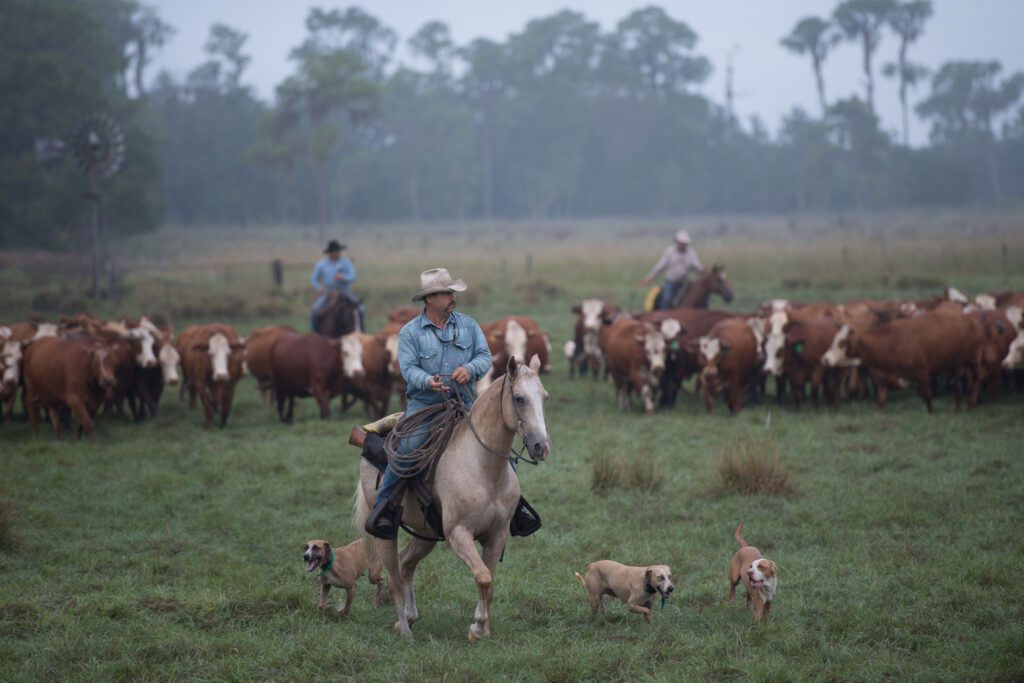Sponsored by Ag America Lending
Agriculture is a resourceful industry and farmers understand the potential of raw land more than anyone. While each operation holds a unique story of success and lessons, below are five strategies that increase profitability of American farmlands. after input costs but before interest or tax.
· Asset turnover ratio: an efficiency ratio that measures total farm sales relative to existing farm assets.
· Return on assets: a profitability indicator calculated by dividing net income by total farm assets.
· Return on equity: a measure of financial performance calculated by dividing the net farm income by the equity owned.
· Dividend Payout Ratio: The proportion of earnings paid out as dividends to shareholders. Calculated by dividing dividends paid by net income.
Detail-oriented documentation could make the difference between scraping by or having a safety cushion when unpredictability strikes.
AgAmerica is Helping Farmers Today Achieve Their Goals of Tomorrow With a singular focus in agricultural land, AgAmerica has had the opportunity to support the agribusiness decisions of farmers, ranchers, and rural landowners across the nation. Through our innovative platform, AgAmerica can provide customized loans that empower clients to reduce existing payment obligation, finance new endeavors, purchase land, refinance debt, upgrade farm equipment, and increase working capital.
Learn more about how to support the long-term success of your operation through our interactive Financial Health Check tool. Five Ways to Improve Land Profitability Agriculture is a resourceful industry and farmers understand the potential of raw land more than anyone. While each operation holds a unique story of success and lessons, below five strategies that increase profitability of American farmlands.
1.) MINIMIZE INPUT COSTS
Farmers understand the importance of monitoring past performance to make future decisions. Whether you’re interested in growing your own livestock feed or purchasing land for expansion opportunities, there are several key performance indicators (KPIs) farmers should monitor to make data-backed decisions:
• Operating profit margin: measures the profit made after input costs but before interest or tax.
• Asset turnover ratio: an efficiency ratio that measures total farm sales relative to existing farm assets.
• Return on assets: a profitability indicator calculated by dividing net income by total farm assets.
• Return on equity: a measure of financial performance calculated by dividing the net farm income by the equity owned.
• Dividend Payout Ratio: The proportion of earnings paid out as dividends to shareholders. Calculated by dividing
dividends paid by net income.
Detail-oriented documentation could make the difference between scraping by or having a safety cushion when unpredictability strikes.
2.) EXPAND OR DIVERSIFY YOUR RANCH
The Economies of Scale depicts the cost savings that come with scaling an operation to spread costs thinner while increasing production. Ag production generates an L-shaped cost curve–meaning spreading fixed costs through strategies such as bulk purchases, automation machinery, and property expansion will improve profitability up to a certain point then plateau in effectiveness.
The Economics of Scope is a similar concept that essentially means spreading resources over multiple products. Ranchers who diversify their land by growing their own feed, seed, or other commercial crops invest in cost reduction over time.
3.) UTILIZE CONSERVATION AND EASEMENT PROGRAMS
Conservation easements are voluntary, legal real estate agreements that serve to protect natural resources and habitats. They can be sold or donated to nonprofit organizations, state agencies, and federal agencies. There are also federal conservation programs that provide yearly rental rates in exchange for protecting environmentally sensitive land.
4.) IMPLEMENT STRONG GRAZING MANAGEMENT PRACTICES
The American cattle industry is the most sustainable livestock industry in the world. Cattle ranches from Florida to California provide brush control, sequester carbon, and protect ecosystems from urban development. Today, U.S. agriculture collectively contributes to less than 10 percent of greenhouse gas emissions in the nation—with less than 3 percent linked to beef cattle production. Since 1990, beef production has increased 50 percent, while carbon emissions decreased 8 percent—with a large part due to well-managed grazing systems. Grazing strategies to promote sustainability include:
• Taking inventory of grass available. • Implementing grazing and rest periods.
• Plant diversity. • Balancing herd size with forage supply.
• Conducting soil tests to monitor health and growth.
5.) KEEP YOUR DEBT-TO-ASSET RATIO LOW
Financial analysis metrics vary between lenders, regions, and commodities, making it difficult at times to assess risk. The debt-to-asset ratio is measured by total liabilities divided by total assets and is a common benchmark among lenders to establish financing capacity for a borrower. A debt-to-asset ratio of under 45 percent is an ideal target for most lenders but can still fluctuate with each circumstance. Ag lenders with an understanding of agricultural market volatility are better equipped to protect clients from borrowing beyond their means.

